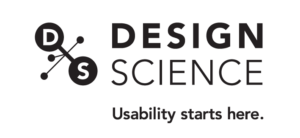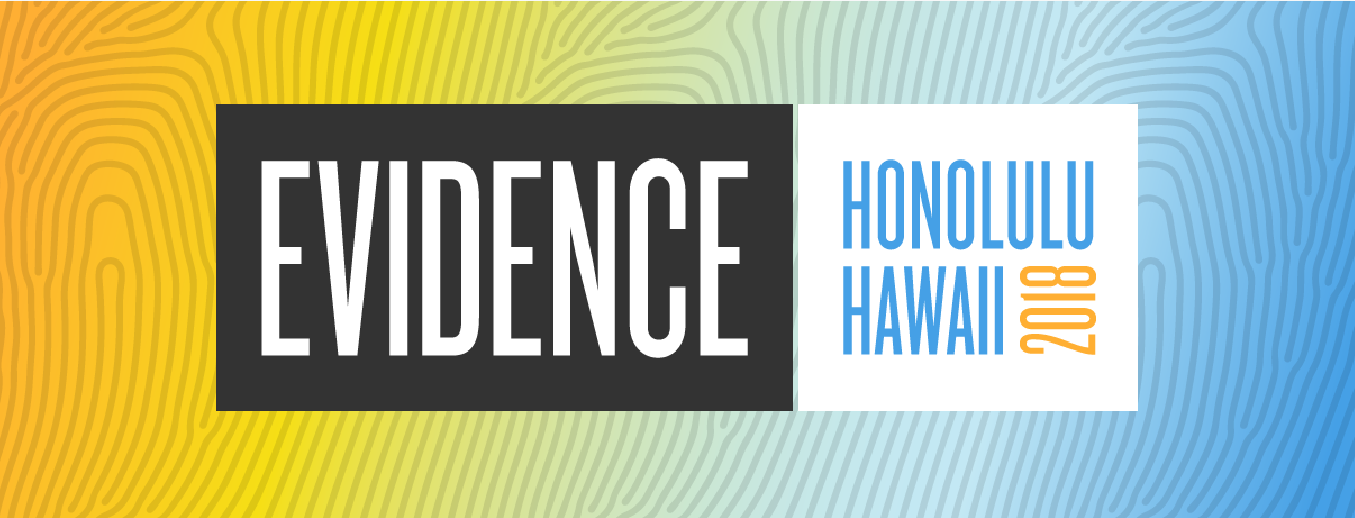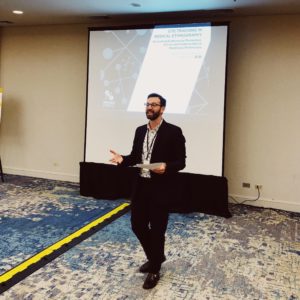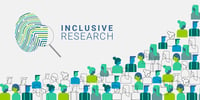EPIC 2018: An Exploration in Advancing Ethnographic Methods
/ in research , conference , ethnographic research , ethnography , eye tracking , hawaii , news , presentation / by Christina SIn October of 2018, Design Science presented at EPIC, the Ethnographic Praxis in Industry Conference. It’s the foremost organization representing qualitative researchers across healthcare, technology, and design. From around the globe, participants came together in Honolulu to discuss this year’s theme: evidence. As companies accumulate ever-larger data collections, information overload has become a pressing problem. Storage capacities expand, yet the means to act on big data appear to shrink. Wide-ranging presentations sought to answer how ethnography could bridge the gap. How might ethnographers collect and evaluate evidence to better understand and satisfy users’ diverse needs?
Larry S. McGrath, a DS researcher, gave a talk, “Eye Tracking in Medical Ethnography: Evaluating Evidence for Perception, Action, and Collaboration in Healthcare Professions.” He showed how eye trackers are not only useful to analyze users’ interactions with two-dimensional interfaces (such as instructions, labels, and websites); the technology also empowers researchers to trace movement and interactions in dynamic settings like hospitals and clinics. At the center of the talk were simulated models that we’ve developed to explore integrating spatial navigation into vision studies. What came into view was a sharper picture of the complex interactions between people and products. An article version of the talk is forthcoming in the conference Proceedings.
Larry’s talk was not the only to push the bounds of ethnographic methods. Others explored user experiences in hospital waiting rooms, healthcare payment processing, call centers, and theme parks. In each of these settings, ethnographers gathered evidence about the concrete interactions among people, products, and places. The result is thick data – that is, holistic evidence about the purposive activities embedded in peoples’ day-to-day lives. Companies often don’t make use of thick data, however, because challenges persist and suspicions endure. Ethnographers’ immersive insights don’t always match the scale of big data. Nonetheless, ethnographic evidence reveals the contexts, meanings, and motivations often hidden by extensive spreadsheets. Conference participants agreed: the future of user research will depend on a mutual collaboration between thick data and big data.
To learn more about our data collection methods or Larry’s presentation, you can reach out to info@dscience.com.
Share this entry
-
Share on Facebook
Share on Facebook
-
Share on Twitter
Share on Twitter
-
Share on Google+
Share on Google+
-
Share on Linkedin
Share on Linkedin
-
Share by Mail
Share by Mail












